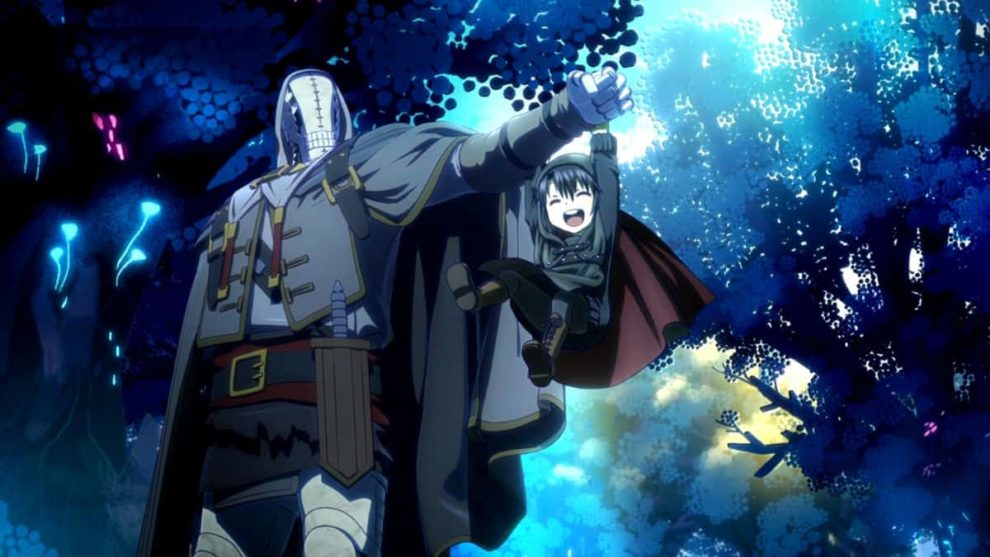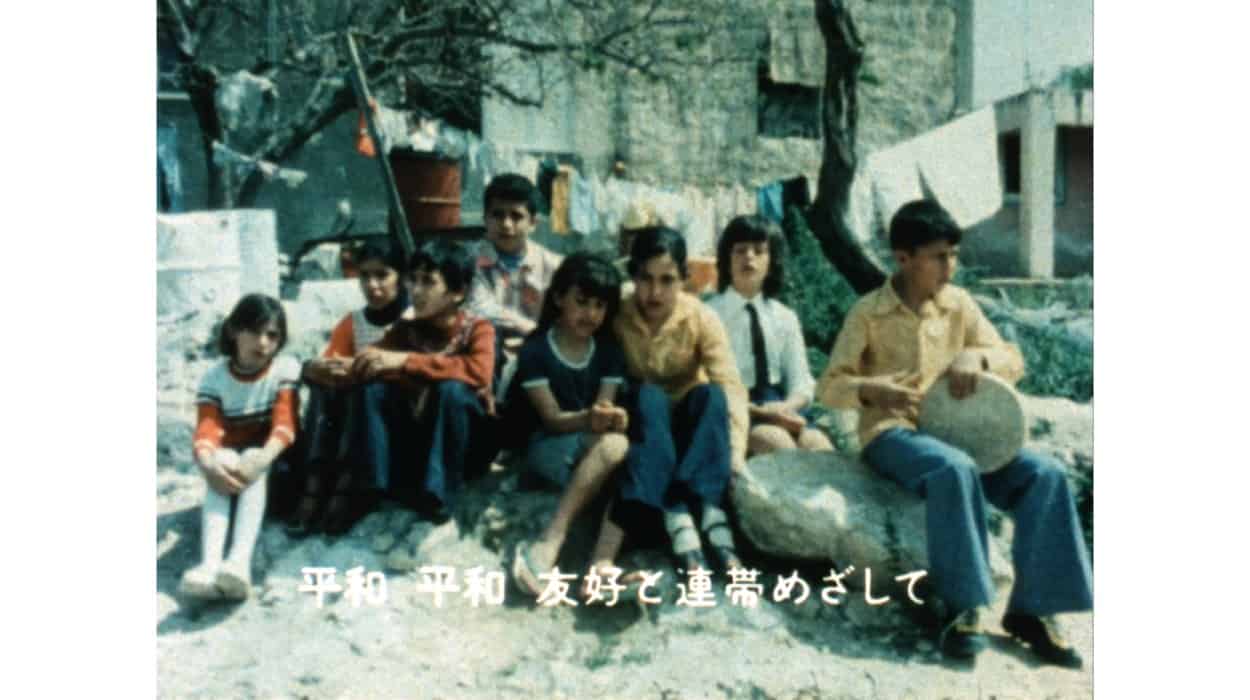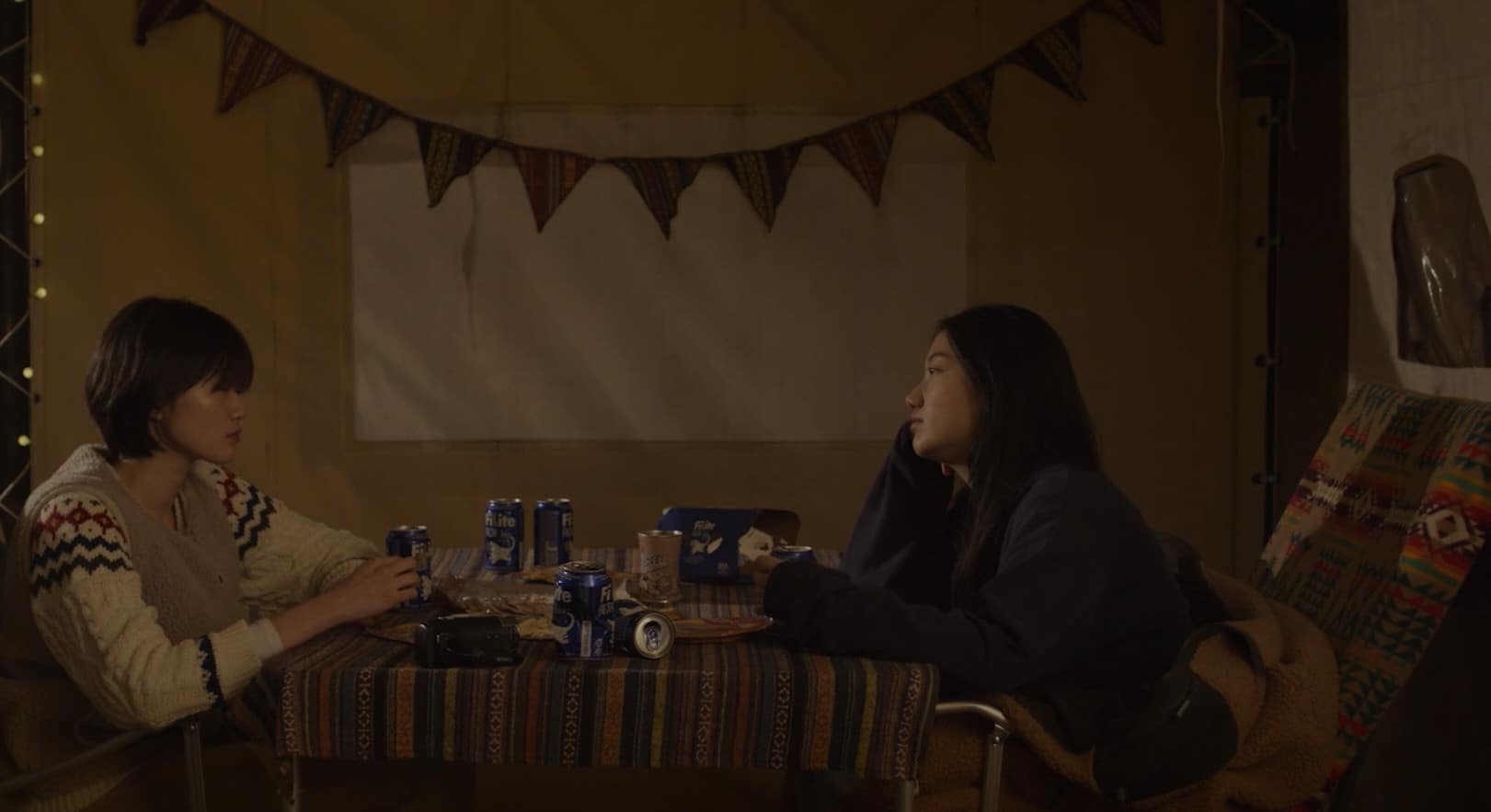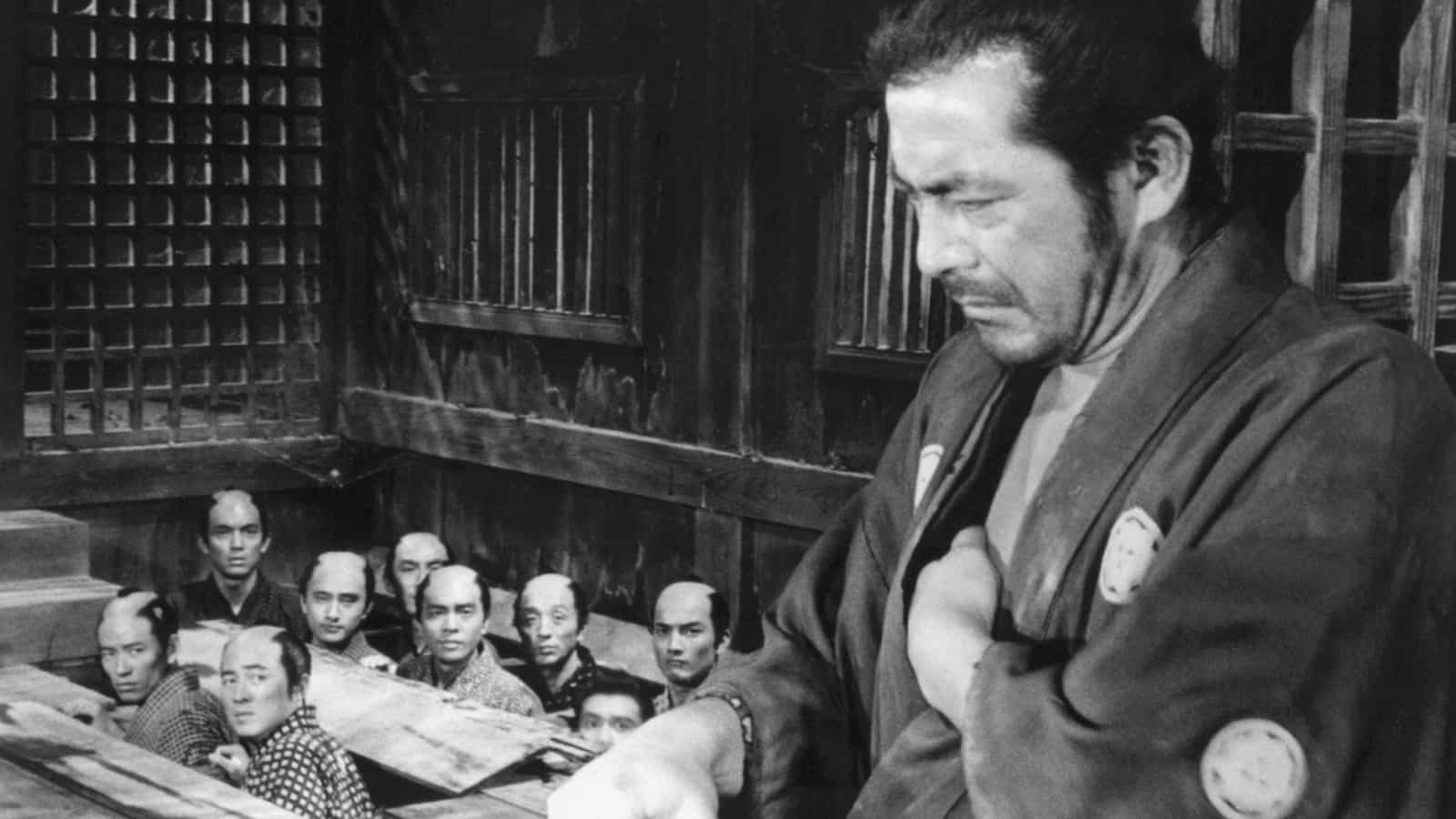Quite a different anime than the majority of titles out there, “Somali and the Forest Spirit” implements a rather calm and sensitive narrative, managing though, to remain intriguing from beginning to end.
Watch This Title on Crunchyroll
by clicking on the image below
The story is based on Yako Gureishi's manga, who has recently been cancelled due to the author's health problems. It takes place in a world ruled by spirits, goblins and all manner of strange creatures. Human beings are persecuted, to the very point of extinction. One day, Golem, an ancient wandering forest protector, finds a young human girl named Somali bound in chains while making his rounds through the woods. He takes her under his care and allows himself to be called her father, while he makes his purpose to find some humans and leave the girl with them, since his life circle is about to end.
The series takes a distinctly road-movie form, as the pair travel from city to city, meeting both friends and foes while learning the history of their civilization and the events that led to the near extinction of humans. While there are some moments of action, where the subtly obvious powers of Golem manifest and the base is that of a fairy tale, the narrative is actually grounded on realism, with the main concepts being those of what constitutes a family, and fatherhood. In that regard, the focus of the story is on the survival of the two in a setting much similar to real life, as Golem has to occasionally work or sell the gems he has in his possession to provide food and shelter for Somali.
His complete lack of care for himself creates a wonderful relationship between the two, with both of them enjoying their benefits, although in rather different fashion: Golem in giving, Somali in receiving. Furthermore, Golem also has to learn, at some point, that being overprotective and quite strict can have opposite results than what he intended, while Somali has to learn how to be more sensible and responsible, in an obvious coming-of-age element that actually extends to both. That Somali's life is in constant danger for being a human also adds another level to the aforementioned and a constant sense of danger to the narrative that works quite well through the antithesis with the overall basis of calmness. Furthermore, this aspect can be interpreted as a metaphor for racism and the whole issue with immigrants, with particularly the former being explored through a number of episodes that highlight the fact that racism usually comes in both ways.
The narrative benefits a lot by two additional elements: The fact that golems supposedly do not have feelings, but the protagonist frequently describes some kind of sense near his heart, and that Golem is actually on the verge of dying, although unbeknownst to Somali. These two factors give a rather dramatic essence to the series, which is toned down, however, by the Golem's complete lack of self-pity and Somali's almost constant joy.
The fairy-tale premises extend to the technical aspect, with the majority of settings emitting a sense of magic, which is heightened even more by the presence of the various creatures and actual magicians. That the creatures occasionally become friends with and help the duo adds another element to the narrative, highlighting the importance of friendship and after a point in the story, trust. The coloring and the drawing of the various settings emit an impressive, otherworldly sense that works quite well in that regard, although the images are more down-to-earth instead of extravagant. The animation by Satelight and HORNETS also follows the same realistic, calm and subtle paths, although the action scenes, and particularly the various transformations of Golem are quite impressive, occasionally bordering on the grotesque.
Itou Ikuko's character design implements a playful approach to the majority of the protagonists, with the Golem being the one that stands out due to his minimal design, which is also supported by his overall demeanor. On the other hand, Somali's design is somewhat excessive, with her eyes being two of the biggest we have seen in an anime, even considering how hyperbolic designers tend to be in that regard. This however, is not a significant issue, and the viewer can get used to it, quite quickly.
“Somali and the Forest Spirit” is an excellent title, filled with meaning and artfulness and also one of the best-directed titles we have seen recently, particularly due to Kenji Yasuda managing to combine all these elements impressively, without allowing any of them to overshadow the others. That this trait also extends to the melodrama, whose reef the story could easily hit, emerges as one of its biggest traits.


